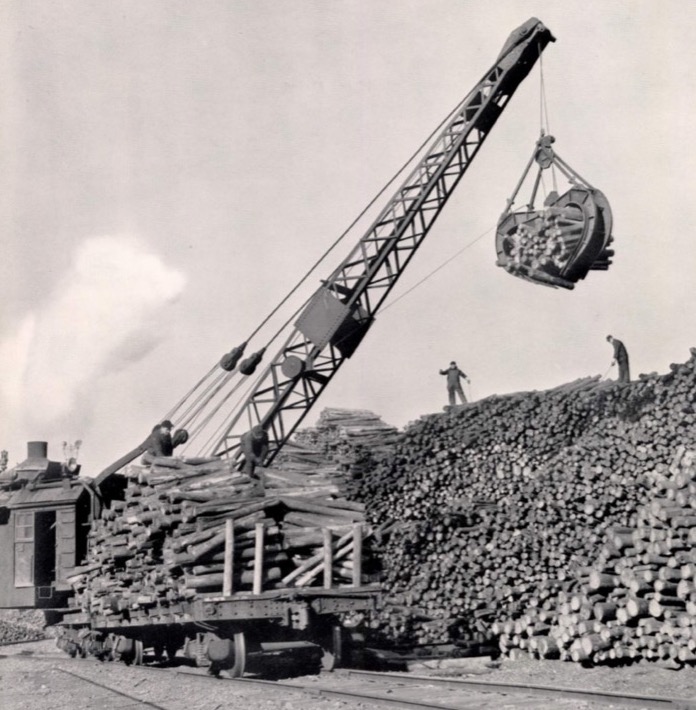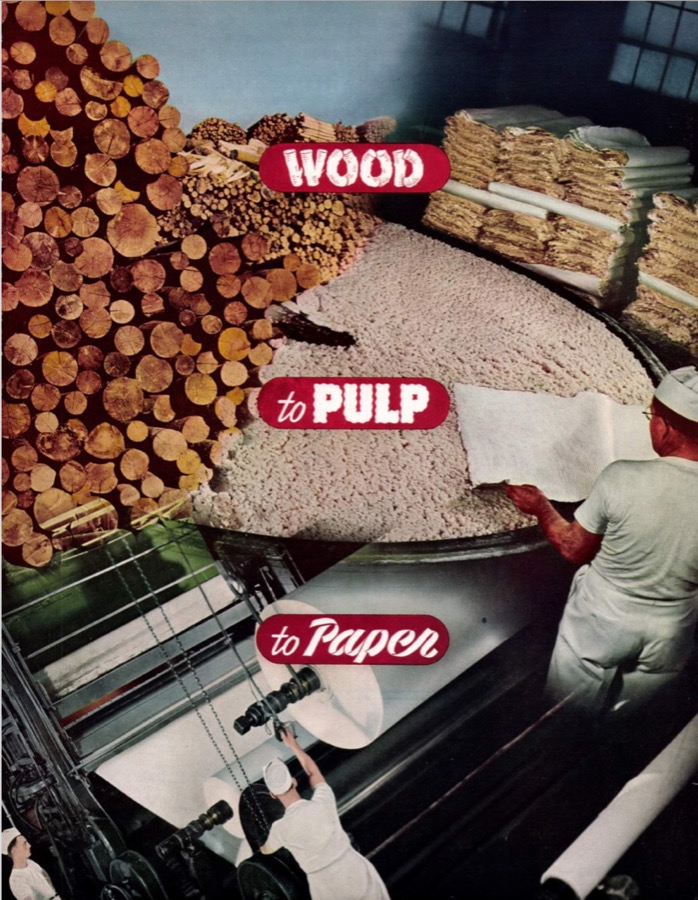Love paper, go paperless
Paper lovers
It’s a fact. We love paper. How it smells, how it feels in your hands, the incomparable sensation of a pen sliding through its textured surface where you can indeed follow a brief story of spilt coffees, inkblots and weakened curled edges. It has no rival. That’s why we have been using paper for thousands of years and maybe we will still do.
Because we love paper, we want to keep it for the greatest, most beautiful, poetic, educative or transgressive purposes. We want books and love letters and secret lists and teenage fanzines and artworks and everything between them. We want paper —and the knowledge it brings — in our lives.
Cinema production and the tones of papers problem
If you are a paper lover and you work in cinema production, you may have noticed the amount of paper used to make a single film. And you probably had the feeling at some point that it was not a wise and loving use of paper, but a massive waste of it. Deal memos, contracts, agendas, lists of suppliers and legal paperwork just don’t stop coming out from the printer every day, before, during and after the shoot.
A medium-size film production will easily use over a million sheets of paper during the principal photography period.
Imagine the number of trees used in just one production, or wait, even better, calculate it here.

Trees for paper. From: Northern Paper Mills, Green Bay, Wisconsin. Internet archive
Of course, the documents created in our film project are important documents, and we’ll need to keep some of them after the film is finished, but ¿is their materiality an advantage? ¿Will it add any specific, trustworthy or emotional layer to those legal and production papers?
Assessing film production with digital safety
There’s an unspoken, foggy fear about keeping information online with security. That’s one of the reasons why we prefer paper. We believe we are more in control.
Keeping paper archive is not only expensive but also fragile. Storage rooms or industrial warehouses are exposed to moisture, fungi or fire as well as robberies. Besides that, there is something kind of sad in seeing these amount of papers getting dusty, kept but necessarily forgotten. Just piled. If you have visited a storage room with one hundred boxes full of contracts, payroll documents or deal memos you know what we are talking about. It just doesn’t make much sense. Furthermore, have you ever tried to find a document in such a file? That’s not easy!
Meanwhile, digital data security protocols have been implemented over the last years to beat consumer fears and potential risks of data-stealing or file corruption. Now it’s pretty easy to keep a digital archive of your legal documents both in your computer or in the app you have chosen to manage your film production.
As an advantage, using a software, like Willco, let you dispose of all the data for any future projects, which, besides paper, will save you time, money and frustrations.

Willco’s paperless workflow
Features like digital signature, allow you as a, i.e., production coordinator, to manage all the contracts by a third party platform that gets you a legally binding assurance that your contract is 100% reliable and valid. And you don’t need a single sheet to start it.
There are trustworthy, efficient, clean alternatives to massive use of paper for bureaucratic issues. ¿How worthy is then to keep using big amounts of paper for film managing purposes? At least it deserves a deep thought, for us not to be impelled by habits and inertia, but a conscious decision to match our production workflows (material or digital) with our project objectives.
Going paperless in your film productions
Paper comes from wood, wood comes from trees, trees come from forests. And nor forests or trees are in its best moment, resisting the pressure of global climate change.

Paper making at Northern Paper Mills factory. From: Northern Paper Mills, Green Bay, Wisconsin. Internet archive
Green filming, paperless workflow, eco-friendly cinema practices… call it as you want, it’s starting to happen. It’s starting to happen in cinema because it’s happening in most of the areas of our life. We are seeking sustainable, green, low impact paths to achieve goals. We are putting care in the process and awareness on the teams.
If you chose to go paperless in your film production, expect some changes in your workflows.
Breaking our own, deeply learned habits can be not only more difficult than you expected, but annoying, tough and really uncomfortable (at the beginning). We all want to support green initiatives, but we are less likely to really apply them in our everyday routines as much as we know we should.
Engaging your teams: dare to change routine
Teams are great, are huge, are passionate and… a bit messy too. ¿Aren’t they? Stress, quickness and attention put into their own expertise areas, just make it difficult to ask them to achieve eco-friendly workflows relaying the responsibility in every member decisions and actions.
Change your own routine first or get informed with your cinema colleagues that have run paperless or green initiatives. Know what works and add some new ideas, made-up solutions and mad creativity!
Make it really easy, funny for the team to avoid using paper. And make it meaningful.
If you want to know how to be specific on paperless initiatves, read the second part of this article 6 tips to turn your production paperless.
